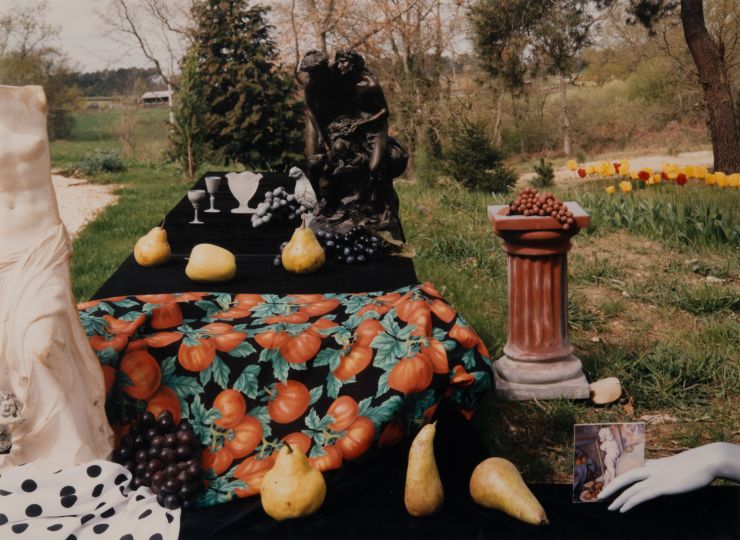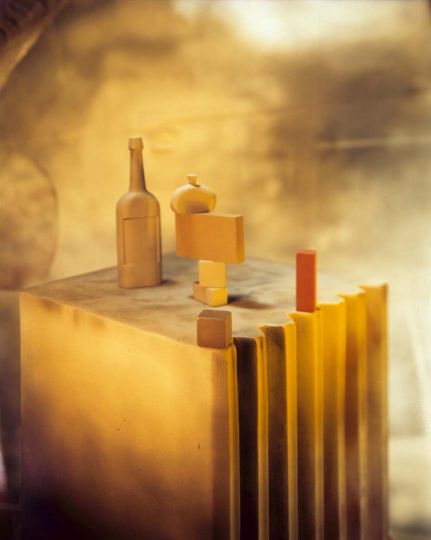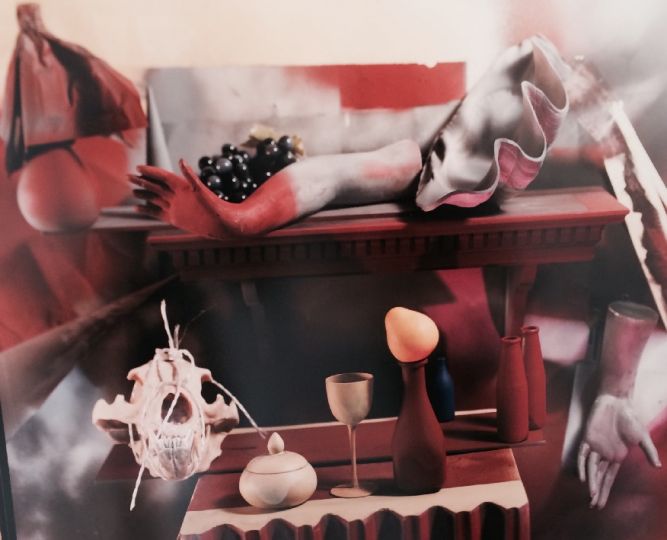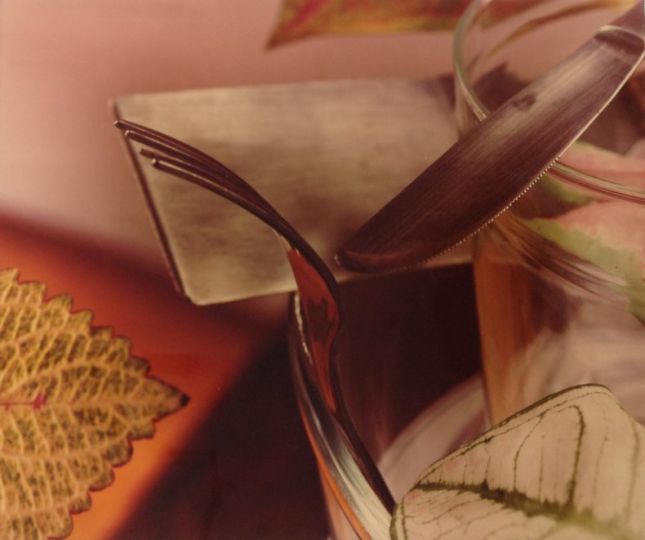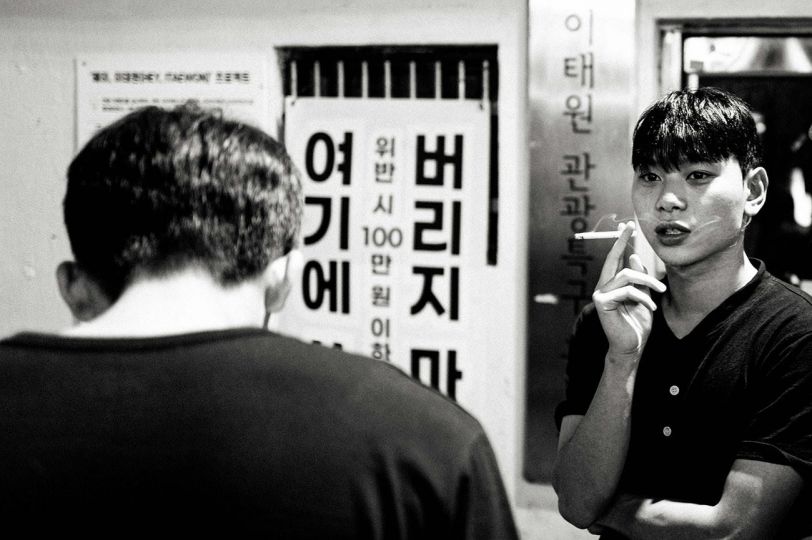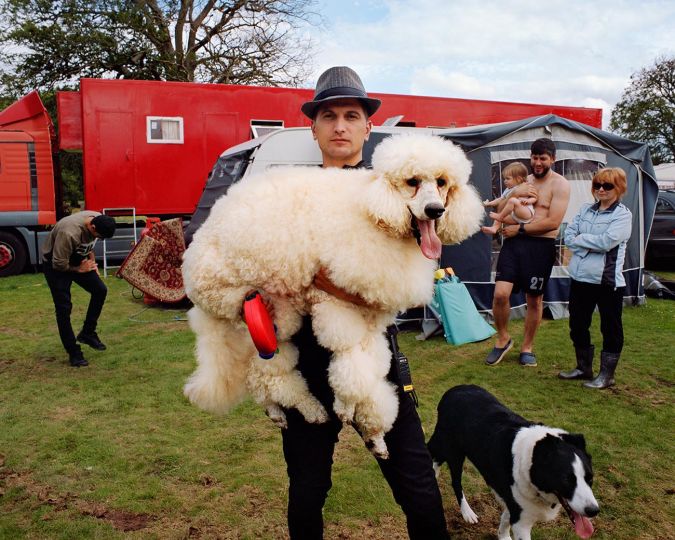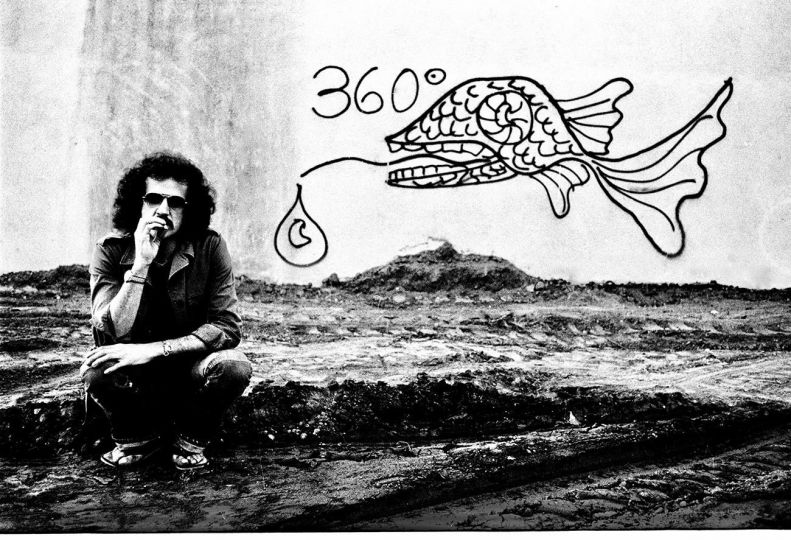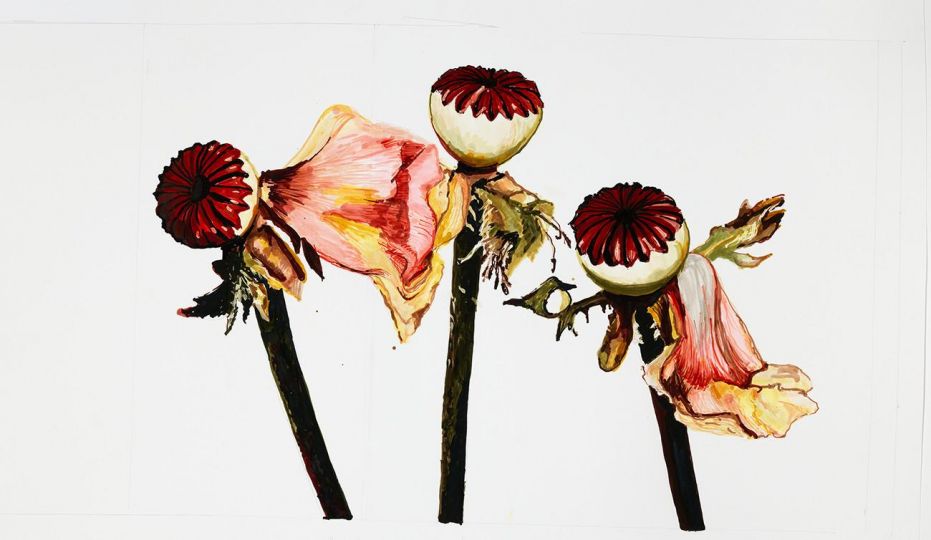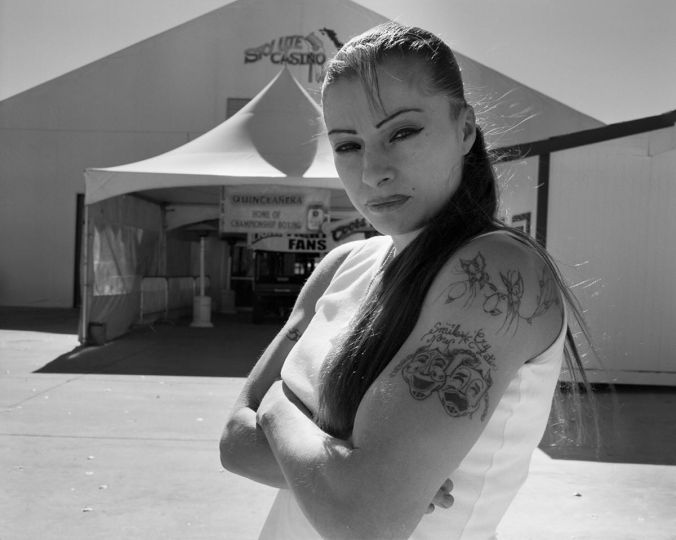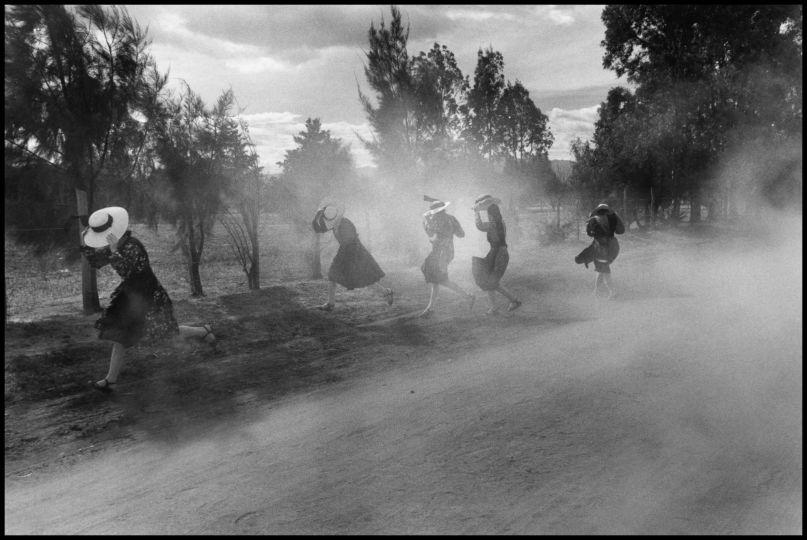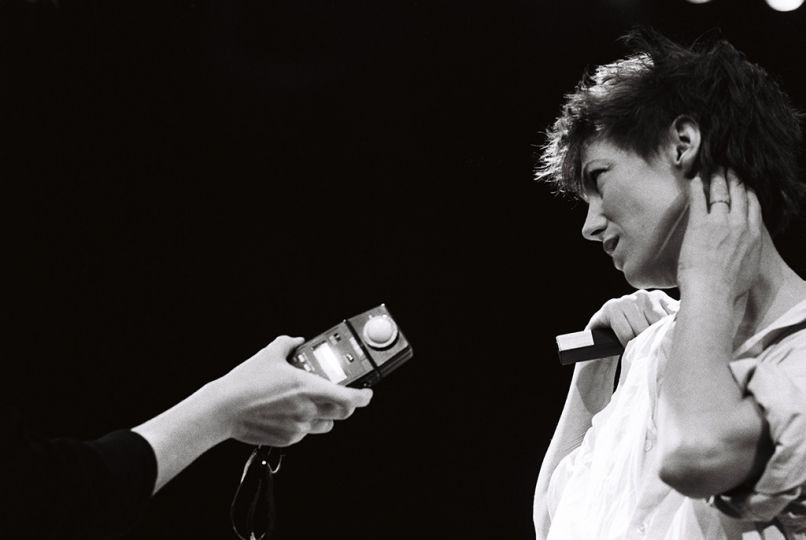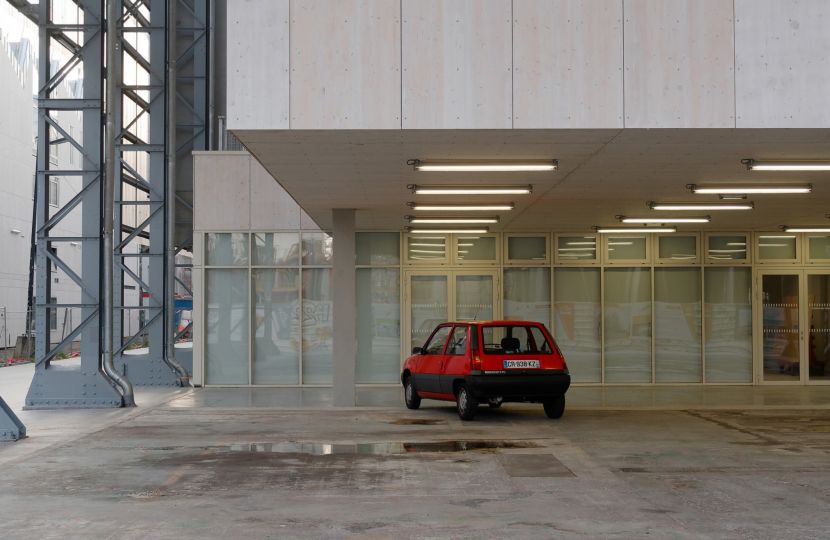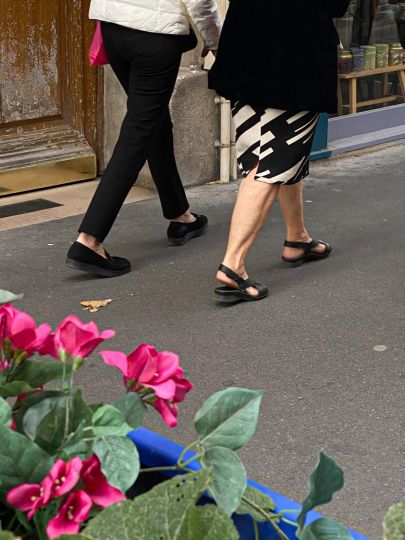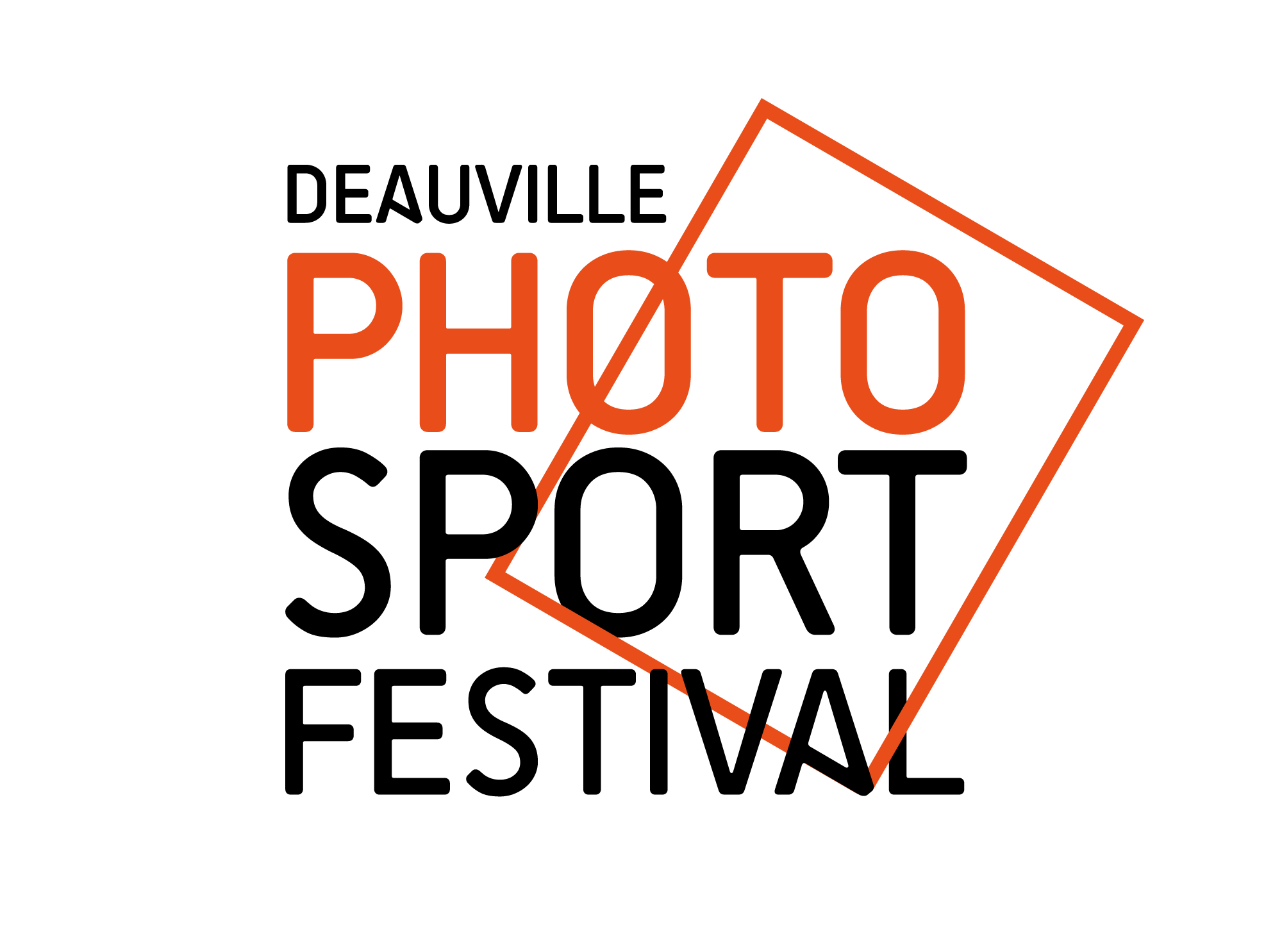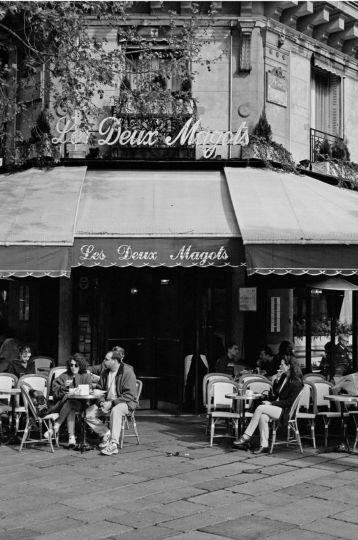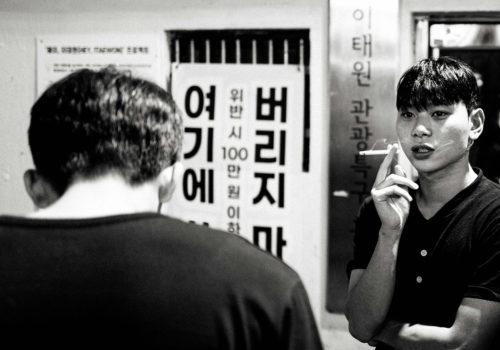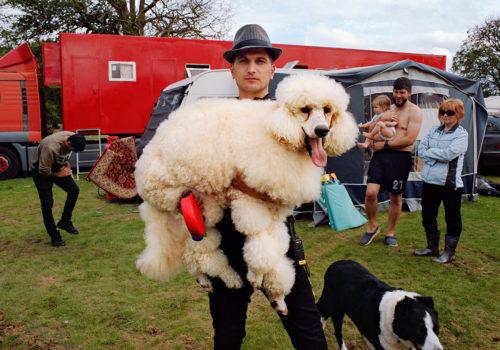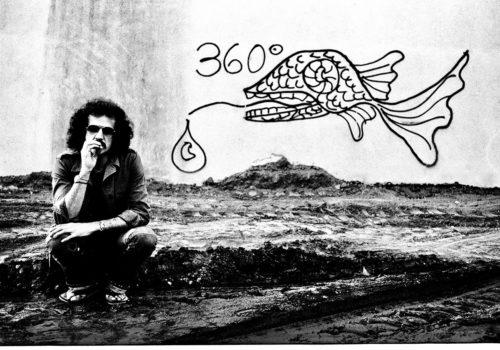An unpublished exhibition, from the artist’s archive
This exhibition looks back over the life’s work of Jan Groover (1943- 2012), the American photographer whose personal collection was added to the Musée de l’Elysée’s collections in 2017. Based on a selection of archives from her personal collections, the exhibition evokes not only the artist’s years in New York but also her years in France – a less known part of her career. With the will to enrich research on Jan Groover, the exhibition displays the first results of the considerable work on the collection conducted by the museum – from the perspective both of conservation as well as historical documentation.
Formalism is everything
Taking Jan Groover’s statement as a guiding principle, the exhibition highlights the eminently plastic design pursued by the photographer throughout her career. Conducted in a spirit of endless experimentation, this research and the creative process it involves are emphasised not only by the presentation of early tests and experiments but also by the inclusion of unique documents, notes and preparatory notebooks.
In the early 1970s, abandoning her earlier vocation as a painter, Jan Groover began to attract attention with her photographic polyptychs constructed around the motifs of the road, cars and the urban environment. As the early stages of her formal and aesthetic explorations, they offer an opportunity to re-examine the reflections initiated at the time by the conceptual trend (especially with regard to notions of seriality and sequence).
By 1978, Jan Groover had radically changed subject, turning to still life. She embarked on pictures that were to form the main body of her work and thanks to which she remains to this day one of the eminent figures of the genre. Mostly created in her studio, her compositions use a variety of processes. In the 1980s, they actively contributed to the recognition of colour photography. Despite the indisputable pre-eminence of her photographs of objects, Jan Groover’s work is also studded with landscapes, bodies and portraits, often in monochrome. She developed a keen interest in the technique of platinum and palladium, which she studied in greater depth when she arrived in France, with several series in a very specific elongated format (banquet camera) concluding the exhibition.
The exhibition receives the generous support of the Loterie Romande, of the Art Mentor Foundation Lucerne and of the Cercle of the Musée de l’Elysée.
Curators : Tatyana Franck, Director, and Émilie Delcambre-Hirsch, Exhibition’s Departement, Musée de l’Elysée
Scientific advisor : Paul Frèches
Satellite events :
Thursday, September 26
Guided tour 6:30-7:30pm
Exhibition tour with Emilie Delcambre Hirsch and Jean-François Chevrier, historian and art critic.
Saturday, October 5
Guided tour 4-5pm
Exhibition tour by Tatyana Franck, curator and director of the museum.
Sunday, October 6
Sundays behind the scenes from 2pm to 5pm continuously
From 3pm to 4pm Encounter with Jan Groover and his noble and explosive printing technique. Encounter with Emilie Delcambre Hirsch, curator and Pau Maynés Tolosa, restorer.
Saturday, November 2
Guided tour 4-5pm
Exhibition tour by Tatyana Franck, curator and director of the museum.
Practical information:
Free admission from May 29, 2019 onwards
Opening hours Tu- Su, 11am – 6pm
Closed on Mondays, except bank holidays
Open until 8pm the last Thursday of the month
Information
Musée de l’Elysée
Avenue de l’Elysée 18, 1006 Lausanne, Switzerland
September 18, 2019 to January 05, 2020

